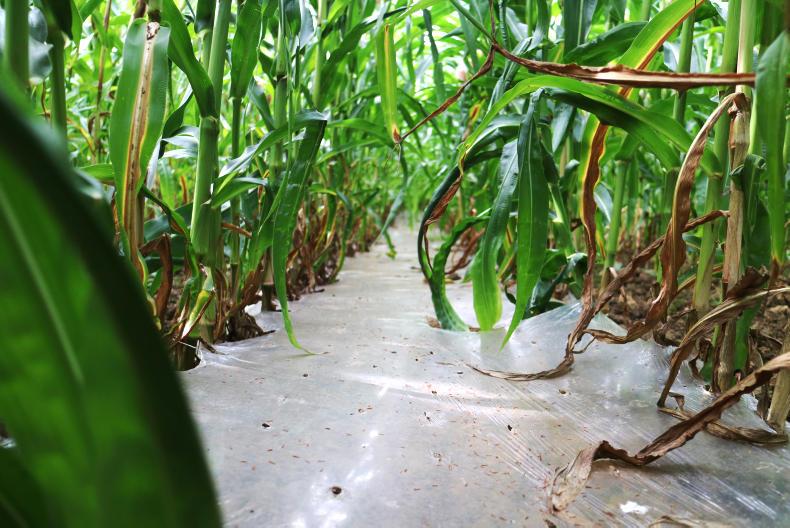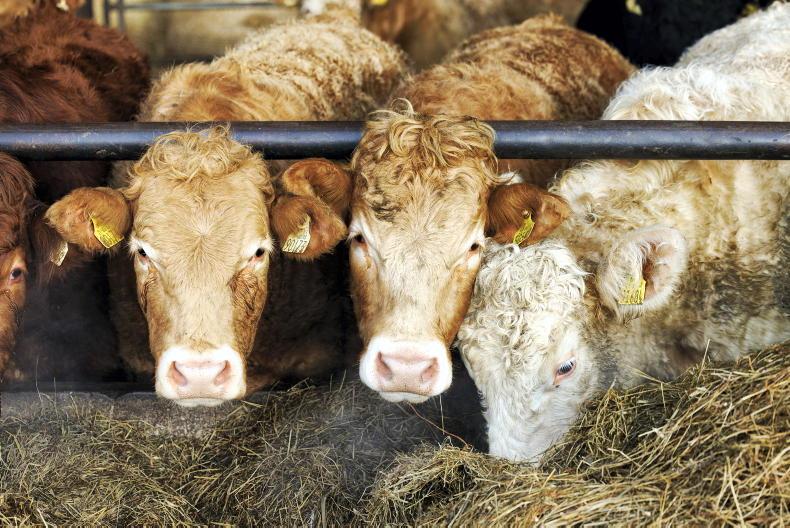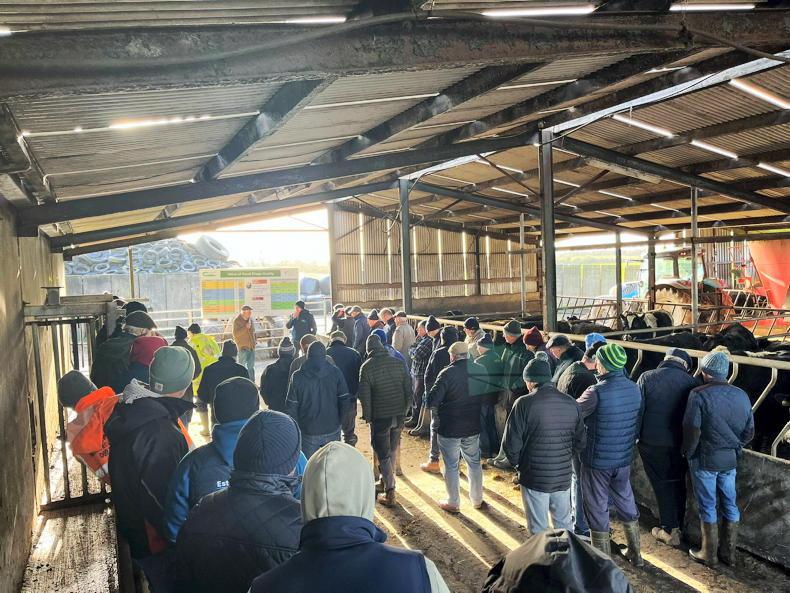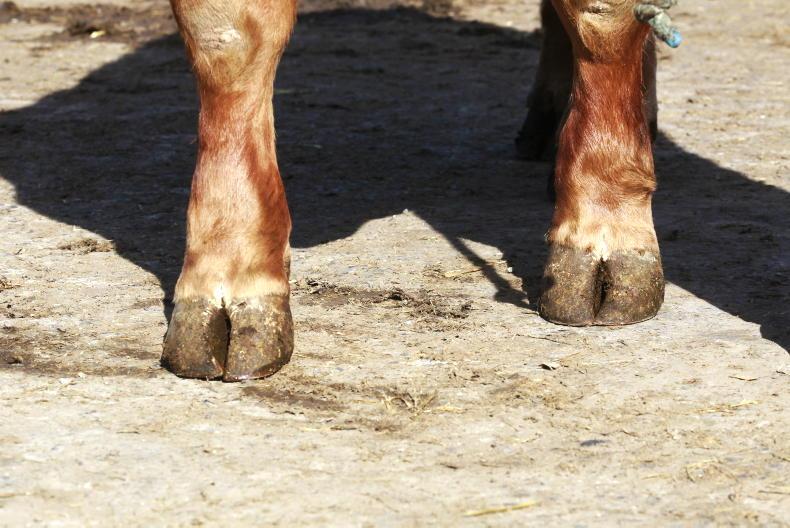A combination of a late spring and impending fodder supply pressures gave rise to a surge in maize planting this year. The total area increased by 54% compared to 2017, to just over 17,300ha.
Virtually every hectare is now accounted for as many growers and livestock producers entered some form of fodder supply arrangement earlier in the year.
And while a number growers did plant without the security of an end market, these crops are now also largely accounted for.
This year’s maize crop will be a crucial source of fodder for many livestock farmers as grass growth was reduced significantly and continues to lag in places.
While the majority of crops were planted under plastic, it is estimated that as much as 15% were planted in the open as the planting season got late. Due to a favourable growing season, yields and quality are expected to be excellent this year.
Crop condition excellent
While the intense summer heat and dry conditions had a largely detrimental effect on many crops, the conditions appear to have suited maize.
Crops sown very late and those on light, excessively dry soils came under pressure and are noticeably shorter, but the bulk of this year’s maize crops have high potential.
Many crops were sown later than desired but high soil temperatures meant that crops got off to a good start.
Earlier in the year, a number of growers feared that temperatures under plastic were too high and some growers contemplated opening covers in a bid to reduce the temperatures.
However, the presence of plastic helped moisture conservation and this undoubtedly helped the crop as the prolonged dry weather set in.
Dry weather provided near-perfect conditions for pollination, resulting in virtually fully fertilised cobs. Even cobs on stressed crops appear to be filling, so even if fresh weights are back on these crops, dry matter yields are still likely to be good.
Starch and energy content are expected to be good as a consequence.
Early harvest date
The crop has responded well to the hot weather which has accelerated the accumulation of degree days.
Speaking with agronomists around the country, assuming temperatures don’t dramatically fall, the current cob development stage suggests that the majority of crops could be harvested two to four weeks ahead of normal.
An early harvest will provide the opportunity to establish a cereal or another fodder crop after clearing the field.
Strong yields expected
Sowing date, fertilisation, location, soil type and weather are just a handful of the factors which influence maize yields.
While sowing date was later than ideal this year, the fantastic growing season appears to have compensated for any potential yield impact. When it comes to varietal difference, growers generally aimed to match variety with location, especially in terms of maturity.
Current indications predict that maize crops will yield very well this year.
In general, the difference in dry matter yields between crops planted under plastic and those planted in the open is around 2.5-1.5t/ha. This difference is likely to be reduced to 1.5t/ha this year as cob development has been excellent.

Cob fertilisation has been good but more grain fill is needed to achieve the desired starch and DM levels.
Reports suggest that crops sown under plastic, which have not come under stress, have the potential to produce a dry matter yield of 20t/ha while crops sown in the open are expected to produce upwards of 18.5tDM/ha.
At these projections, the 2018 maize crop has the potential to produce a dry matter yield of over 330,000t.
The combination of higher area and good yield is likely to mean that maize alone will supply over 140,000t of additional maize silage dry matter this year to help fill part of the fodder deficit.
Quality maize silage should have a feeding value equivalent to 70-72DMD grass silage.
A combination of a late spring and impending fodder supply pressures gave rise to a surge in maize planting this year. The total area increased by 54% compared to 2017, to just over 17,300ha.
Virtually every hectare is now accounted for as many growers and livestock producers entered some form of fodder supply arrangement earlier in the year.
And while a number growers did plant without the security of an end market, these crops are now also largely accounted for.
This year’s maize crop will be a crucial source of fodder for many livestock farmers as grass growth was reduced significantly and continues to lag in places.
While the majority of crops were planted under plastic, it is estimated that as much as 15% were planted in the open as the planting season got late. Due to a favourable growing season, yields and quality are expected to be excellent this year.
Crop condition excellent
While the intense summer heat and dry conditions had a largely detrimental effect on many crops, the conditions appear to have suited maize.
Crops sown very late and those on light, excessively dry soils came under pressure and are noticeably shorter, but the bulk of this year’s maize crops have high potential.
Many crops were sown later than desired but high soil temperatures meant that crops got off to a good start.
Earlier in the year, a number of growers feared that temperatures under plastic were too high and some growers contemplated opening covers in a bid to reduce the temperatures.
However, the presence of plastic helped moisture conservation and this undoubtedly helped the crop as the prolonged dry weather set in.
Dry weather provided near-perfect conditions for pollination, resulting in virtually fully fertilised cobs. Even cobs on stressed crops appear to be filling, so even if fresh weights are back on these crops, dry matter yields are still likely to be good.
Starch and energy content are expected to be good as a consequence.
Early harvest date
The crop has responded well to the hot weather which has accelerated the accumulation of degree days.
Speaking with agronomists around the country, assuming temperatures don’t dramatically fall, the current cob development stage suggests that the majority of crops could be harvested two to four weeks ahead of normal.
An early harvest will provide the opportunity to establish a cereal or another fodder crop after clearing the field.
Strong yields expected
Sowing date, fertilisation, location, soil type and weather are just a handful of the factors which influence maize yields.
While sowing date was later than ideal this year, the fantastic growing season appears to have compensated for any potential yield impact. When it comes to varietal difference, growers generally aimed to match variety with location, especially in terms of maturity.
Current indications predict that maize crops will yield very well this year.
In general, the difference in dry matter yields between crops planted under plastic and those planted in the open is around 2.5-1.5t/ha. This difference is likely to be reduced to 1.5t/ha this year as cob development has been excellent.

Cob fertilisation has been good but more grain fill is needed to achieve the desired starch and DM levels.
Reports suggest that crops sown under plastic, which have not come under stress, have the potential to produce a dry matter yield of 20t/ha while crops sown in the open are expected to produce upwards of 18.5tDM/ha.
At these projections, the 2018 maize crop has the potential to produce a dry matter yield of over 330,000t.
The combination of higher area and good yield is likely to mean that maize alone will supply over 140,000t of additional maize silage dry matter this year to help fill part of the fodder deficit.
Quality maize silage should have a feeding value equivalent to 70-72DMD grass silage.











SHARING OPTIONS